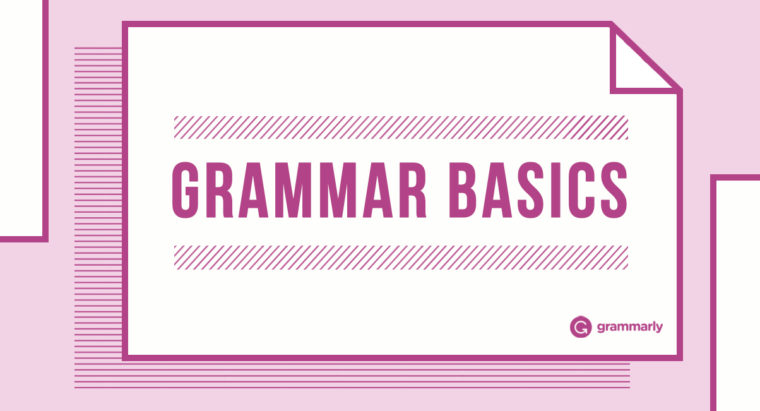
We adjust our historical benchmark quarterly. Our main metric is organic engagement ratio (engagement total divided by organic reach) though we sometimes look at total reach when relevant. We set benchmarks based on our best performance historically and on pages that we want to emulate. This is possible only because we are now able to capitalize on our engaged social audience to drive traffic. Today, our social team looks at everything from social metrics to the number of premium subscriptions. Recently in the last several months, we have been shifting to traditional ROI metrics (CTR, new users, etc.). Only after branching out to different content types and themes, while simultaneously changing our focus to data-backed results rather than projecting what we thought was best, did we find a format that resonated with a broader base of people.įor the last four years, our social media success was measured in terms of organic growth in engagement and reach. It was clear that this “intuitive” approach was failing because we just couldn’t seem to leverage the group. It was a small, specialized audience, and it just didn’t deliver. Before I joined Grammarly, we were focused on creating content for people we intuitively thought would be most interested in grammar and writing. What fueled that growth? What’s your high-level approach? Your social audience is huge, especially compared to the team size. Joki touched on how the company runs social and content marketing, how it’s been able to create such raving fans, and why it reposts so much old content. I talked to Grammarly’s social media manager Kimberly Joki over email to find out. The company’s total number of followers and fans is now nearing 7 million across its social channels, which begs the question: How has it managed to make language fun and accessible? Relative to its institutional investors (zero) and team size (100 employees, with three dedicated to social), Grammarly has built an absurdly large audience.

Grammarly company size software#
It’s essentially Microsoft Word on steroids, claiming to be the “world’s most accurate grammar checker.” And since 2008, Grammarly has been complementing that software by building a veritable social media empire that provides tips, jokes, and comics to millions of followers who are interested in language. The company’s popular (and free) software highlights instances of incorrect writing and suggests the proper changes to make.

Just ask Grammarly, the bootstrapped software startup hell-bent on fixing your grammar. Or you remember that frustrating acquaintance from high school who still doesn’t know when to use the correct your/you’re in status updates.īut if you know where to look on the Internet, language geeks have started to turn proper grammar into a comedic art form. Maybe you uncover repressed memories of red pen marks or condescending quips from middle school English teachers. When you think of correct grammar, fun probably isn’t the first thing that comes to mind.


 0 kommentar(er)
0 kommentar(er)
